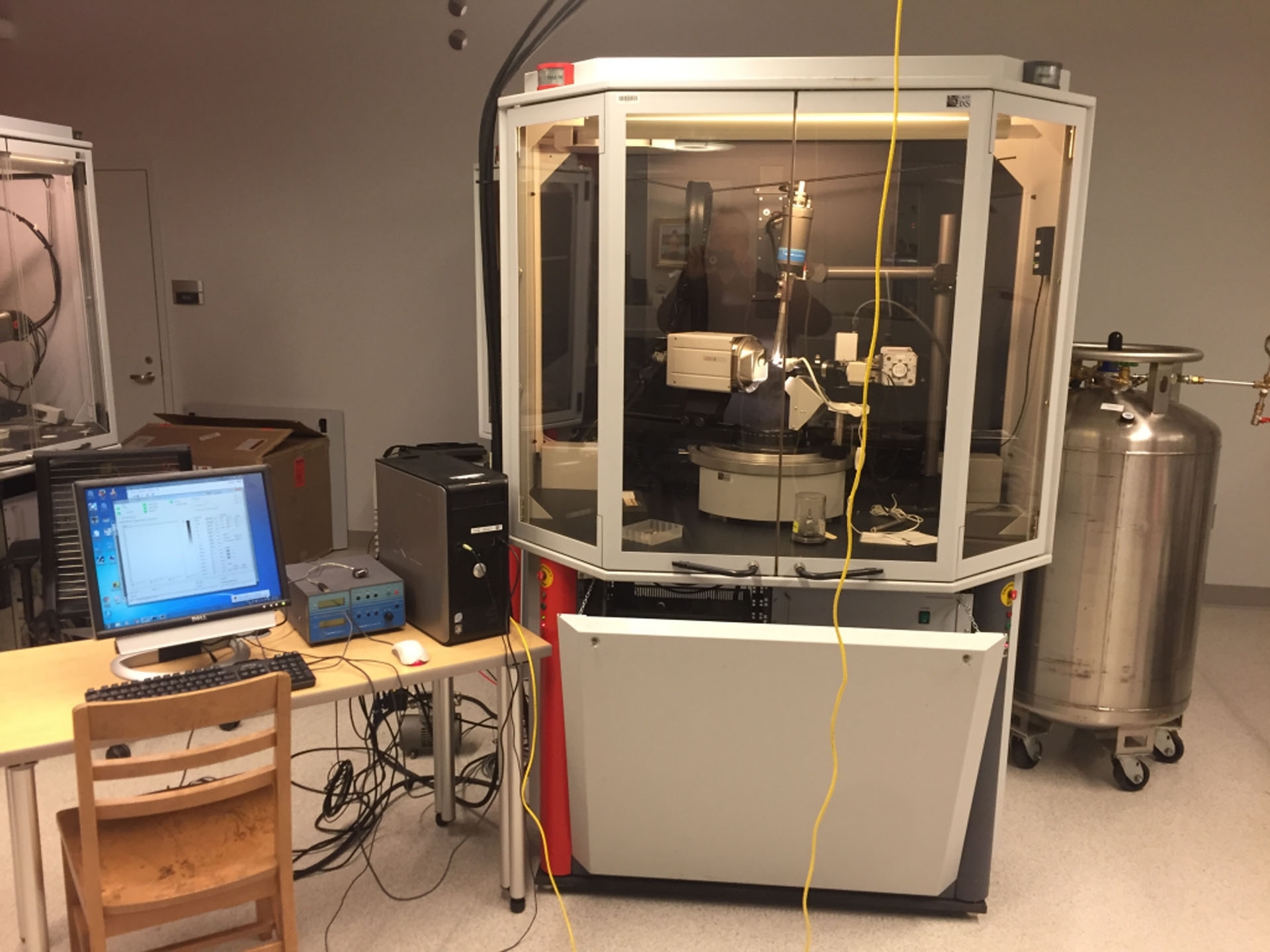

- #Bruker apex 3 users manual manual#
- #Bruker apex 3 users manual full#
- #Bruker apex 3 users manual license#
doesnot assume any liabilities arising out of any infringements of patents or other rights of third parties.īruker AXS Inc.
#Bruker apex 3 users manual license#
This publication may contain or reference information and products protected by copyrights or patents and doesnot convey any license under the patent rights of Bruker AXS Inc. Allproduct specifications, as well as the information contained in this publication, are subject to change withoutnotice. shall not be liable for errors contained herein, nor forincidental or consequential damages in conjunction with the furnishing, performance, or use of this material. All information contained in this publication isbelieved to be correct and complete. NoticeThe information in this publication is provided for reference only. To order additional copies of this publication, requestthe part number shown at the bottom of this page.Ģ001 Bruker AXS Inc.
#Bruker apex 3 users manual manual#
This then makes it easier to model disordered segments.SMART APEX Users ManualThis manual covers the SMART APEX software package. It makes it much easier to identify missing and incorrectly assigned atoms. With IDEAL, you can easily improve refinement results, with significantly smaller residual densities and more precise bond lengths. Fully integrated with the IUCr’s checkCIF routines.

#Bruker apex 3 users manual full#
Improves structure models significantly, making full use of the data collected.Expands the IAM to aspheric atom models, using scattering contributions from bonds and lone pairs.Make the most of this superior data with Invariom Derived Electron AnaLysis (IDEAL): Today, SC-XRD technology is far more advanced: with large photon-counting detectors and high-brilliance X-ray sources, you can routinely collect precise, high resolution data from short experiments. This meant that experiments were usually limited to lower resolutions, which justified the use of the IAM. In the past, technology was less capable and measurement times were long, even for high quality crystals. Experiments are lengthy, and the process of establishing and refining meaningful multipole models is a extremely time-consuming. In charge density analysis, these phenomena have been described with elaborate multipole models that simulate charge distribution.Ĭareful data acquisition is necessary to achieve the data quality and high resolution required. It oversimplifies the description of electron densities, because the charge cloud of an atom is rarely spherical – the shape is deformed by nearby atoms, bonds and lone pairs. However, it was developed in the past when the capabilities of XRD instruments were very limited. The Independent Atom Model (IAM) is a standard crystallography method that uses spherical scattering factors to model atoms in structures from X-ray diffraction data. Automatic or manual fragment assignment using IDEAL, with instant visual feedback.


 0 kommentar(er)
0 kommentar(er)
